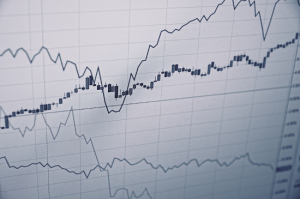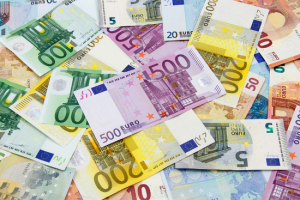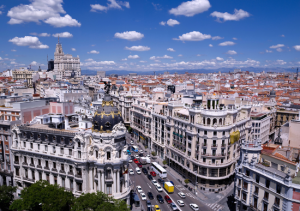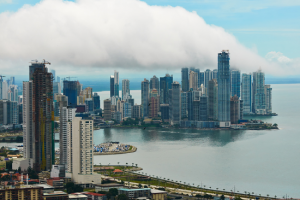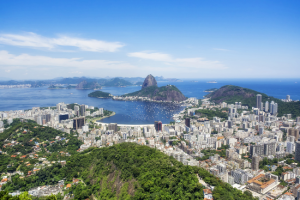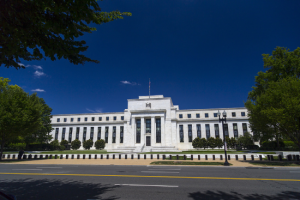After 2008, commodity-producing countries experienced an economic boom that resulted in an ever-growing and sustained rise in prices. These price increases were unprecedented when analyzing the history of such commodities. In graph 1, it can be noted that both oil and rubber saw prices that hadn’t been seen in 30 years. Sugar also saw an increase in price but at a much more moderate rate. Is it reasonable to assume that during a time when global economies began an intense economic cycle, the prices of these commodities saw an increase of such proportions?
Click here to continue readingThe economy of the eurozone continues to experience slow growth, but most economic indicators anticipate a stage of good economic growth. The demand in cyclical goods, for example, is seeing a significant rebound. We see this in the demand for vehicles and new home constructions which is experiencing this rebound for the first time since the recession of 2012.
Click here to continue readingIt is true that commodity-producing countries have suffered from the fall of international commodity prices. Brazil, in particular, suffered a great extent. If we keep in mind Brazil’s main exports—which include iron, soy, oil, and sugar—it is logical that the country’s trade balance has deteriorated, as mentioned in a September 2015 article.
Click here to continue readingPerhaps the most important theoretical topic concerning the economy as a discipline is attempting to explain the idea of economic cycles. In practical terms, an economic cycle is understood as being a periodic fluctuation in national income, employment and prices. Successful, and sometimes not so successful, attempts at an explanation have been made in both the media and academic worlds.
Click here to continue readingThe rise of China’s stock market in early April signaled that the world’s second largest economy is not in the terrible conditions that many believed. The recovery of exports in March—which broke the streak of nine months without any growth—seems to have convinced many that China is not going through a hard landing.
Click here to continue readingThe country of Venezuela is dangerously approaching hyperinflation. At 2015’s year-end, official figures had yearly inflation at or above 180% (some private sector estimated it at 330%). The technical definition of hyperinflation is when inflation is at 50% or more per month, meaning that Venezuela is not yet at this point, but does seem to be approaching at an accelerated pace.
Click here to continue readingWhat all of us already knew has now been confirmed: the Spanish government body came far from achieving the budget deficit goal for the close of 2015. Final figure have come in at 5.16% of GDP, compared to the 4.2% that they had promised to Brussels.
Click here to continue readingThe political landscape is also making headlines around the world: there is a growing trend supporting Europe’s extreme left and right with the result of the German referendum last week, the possible outcome of the US primaries, Jeremy Corbyn’s support from the United Kingdom, and France’s extreme right.
Click here to continue readingAfter years of poor performance, both in absolute and relative terms, these markets have finally produced some good news for investors. The aggregate index for emerging markets has increased 6.6% so far this year.
Click here to continue readingTypically, it is believed that a nation’s central bank is the resolute decider of the economy of its nation. In today’s day and age, in the political-economic establishment of international bureaucracies, it is easy to envision the end of the world for some nations without the central bank. The Federal Reserve is the central bank of the United States. It serves as a decentralized entity broken up into 12 districts across the country and a Board of Governors in Washington D.C. Founded in 1913, its decisions throughout history have always proven to be controversial.
Click here to continue readingGet our free exclusive report on our unique methodology to predict recessions

